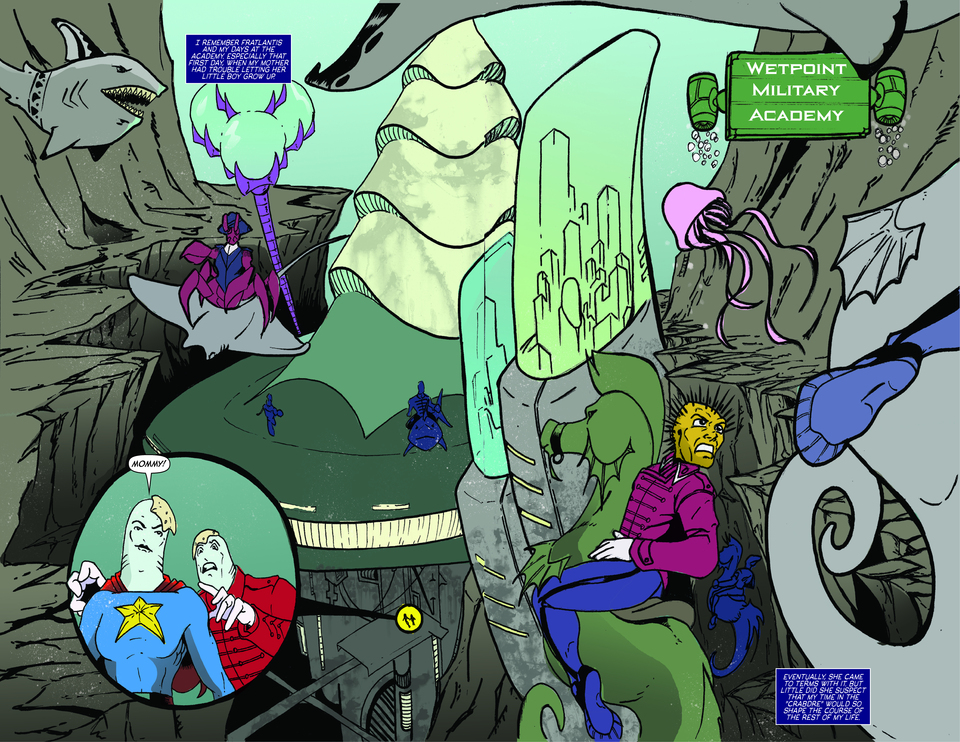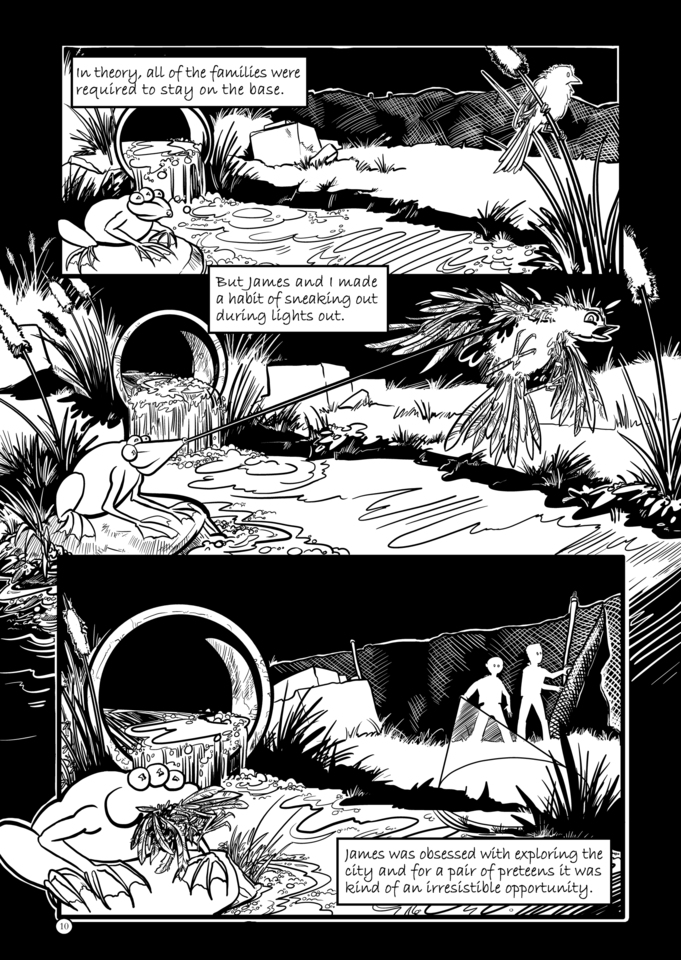Culture Shock: The Space Between The Images
7000 Bc Teaches A New Kind Of Literacy


Era Of Great Wonders
John Myers, Jenn Myers

Latest Article|September 3, 2020|Free
::Making Grown Men Cry Since 1992


Era Of Great Wonders
John Myers, Jenn Myers


